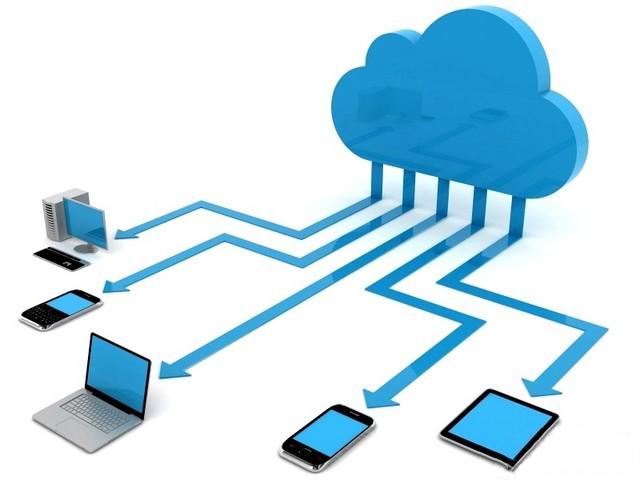2015, Security in “Things†in the Cloud

In 2015, China Security was doomed to be extraordinary. Perhaps years later, it is permanently recorded. When we talked about the industry's wintering skills in a constant manner, we also truly felt that China's security industry has entered a new phase of technology due to industrial upgrading and market transformation—a great convergence of cloud technology, Internet of things, and surveillance.
Suddenly, as the spring breeze of the night comes, thousands of trees blossom pears! Cloud monitoring, a wave of technology swept through China's security in 2015. From a technical point of view, it facilitates the concentration of data and enhances the sharing of video data. This lays a solid foundation for subsequent big data applications. In this way, the video of the camera can be sent to the cloud for monitoring. This monitoring process can be operated in private. The operator or manager can view the video anytime, anywhere, and determine and identify the video to take corrective measures. For example, a company provides an online monitoring solution that can provide on-site monitoring of commercial purposes for registered members of a company, and notifies users when observing crimes. From a model perspective, cloud monitoring promotes the transformation of business models and business models in the security industry. Users can purchase video surveillance services on public or private cloud as needed. For example, the two leading enterprises in Zhejiang cooperated with Alibaba Cloud and opened up a precedent for a win-win situation with the cloud platform.
From the above, it can be seen that the cloud surveillance has highlighted the value of data and business model innovations, so as to infer the business benefit analysis combined with the characteristics of multiple industries will be more in-depth use.
In any case, embracing the Internet of Things is also about having a future!
It can be concluded that in 2015, certain monitoring companies will test water cloud monitoring and start large-scale technology exploration. Admittedly, in terms of current application status, bandwidth and storage are two major difficulties. How to deal with difficulties, but also between the day and night, but I believe that any application will be a bottleneck, after all, the world is a contradiction, the pros and cons coexist.
Walking through the clouds, security companies are imagining themselves and changing the future.
Hug things, perceive video
Driven by smart cities, the construction of an Internet of Things (IoT) to monitor the ecological environment and form an efficient and intelligent technology prevention complex has become a major industry challenge. The monitoring of the Internet of Things has broken the narrow field of traditional video surveillance. On the one hand, it has introduced a deeper, higher level of information management and established a management platform that can be shared; on the other, the Internet of Things will enable the existing monitoring system to rise to a higher level. For the intelligent level, whether it is from video capture, management or application, it will be handled more effectively through smart technology.
Therefore, the Internet of Things gives new meaning to video surveillance. An old information service system will be replaced. Monitoring platform management and intelligent video analysis will have great potential under the wave of Internet of Things.
This is an industry opportunity. How to embrace the Internet of Things? An enterprise is racking its brains. The difficulty to be solved in this regard is how the video information exchanges and interoperates with other system information, forming video perception.